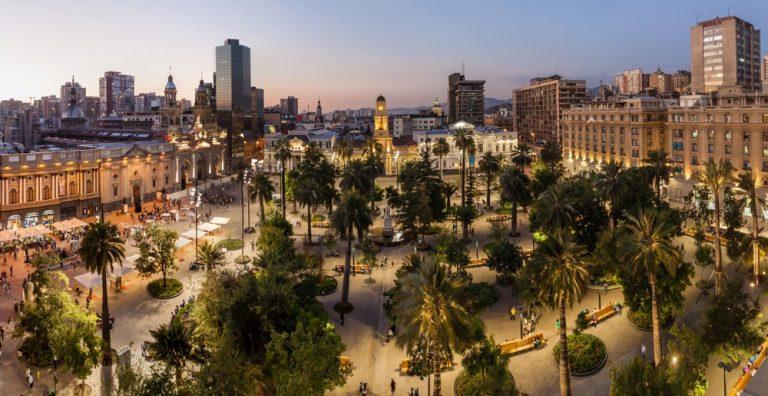
For investors prepared to take a little risk in return for higher returns, emerging markets present an enticing opportunity. ‘Emerging markets’ describes economies growing at a fast pace and working to make their economic progress more sustainable.
Emerging markets are generally less efficient and have less strict standards in accounting and securities regulation than advanced economies, which include the United States, Europe and Japan). However, there is the necessary physical financial infrastructure, for expansion, including banks and a stock exchange.
Due to the volatile environments of emerging economies, investor returns can be hit or miss. These are our ones to watch…
Chile
Chile has been one of the fastest-growing economies ni Latin America over the past decade, with its economy growing at an average annual rate of above 5 percent since 1990.
Chile’s fortunes have been affected this year by uncertainty from an upcoming election, but the country has continued to see a positive GDP figure of 2.75 percent in 2017.
Its economy has been boosted by a rise in copper price, as well as the stabilisation of oil prices. The OECD expects to see growth of 2.8 percent in 2018, with a pickup underpinned by “improving external demand and, reflecting more accommodative financial conditions, investment.”
The country has recently approved new emerging market strategies, with Chile’s risk regulator expanding the number of emerging market funds available to the country’s AFPs with the addition of funds from asset managers Investec and Morgan Stanley.
Peru
Peru is the “rising star” of the South American countries, according to the IMF, boasting land rich in natural resources such as copper, silver, gold, timber and natural gas. Its GDP growth stood at 3.9 percent in 2016, with the Peruvian central bank raising its 2018 growth outlook to 4.2 percent in 2018.
The current government headed by President Pedro Pablo Kuczynski, who was elected in July 2016, is in the midst of a plan to transform the country by prioritizing investment in technology and infrastructure projects, and marketing the country as a hub for international trade in the region.
However, Julio Velarde, Governor of the Central Reserve Bank of Peru, sees three main economic challenges facing the country: “First, the last Government had a higher deficit than the new Government was expecting, which has meant reductions in public expenditure. Second, Peru – like many countries in Latin America – has been affected by the corruption scandals related to Brazilian companies such as Odebrecht. Third, earlier this year, we had the worst flooding in the north of the country since 1925.”
India
There has been significant investor optimism in India since the election of Narenda Modi, who swore to push India to the forefront of international investment.
India is ripe for growth, as one of the world’s largest democracies boasting a young, entrepreneurial population with a high interest in education.
The two largest India exchange traded funds trading in the US are each up more than 25 percent year-to-date, outpacing the MSCI Emerging Markets Index which tracks the progress of emerging markets globally.
“The Indian economy is growing much faster than many other emerging markets and it’s quite natural that money is chasing Indian equities,” said Vinay Menon, head, equity capital markets, JP Morgan India.
